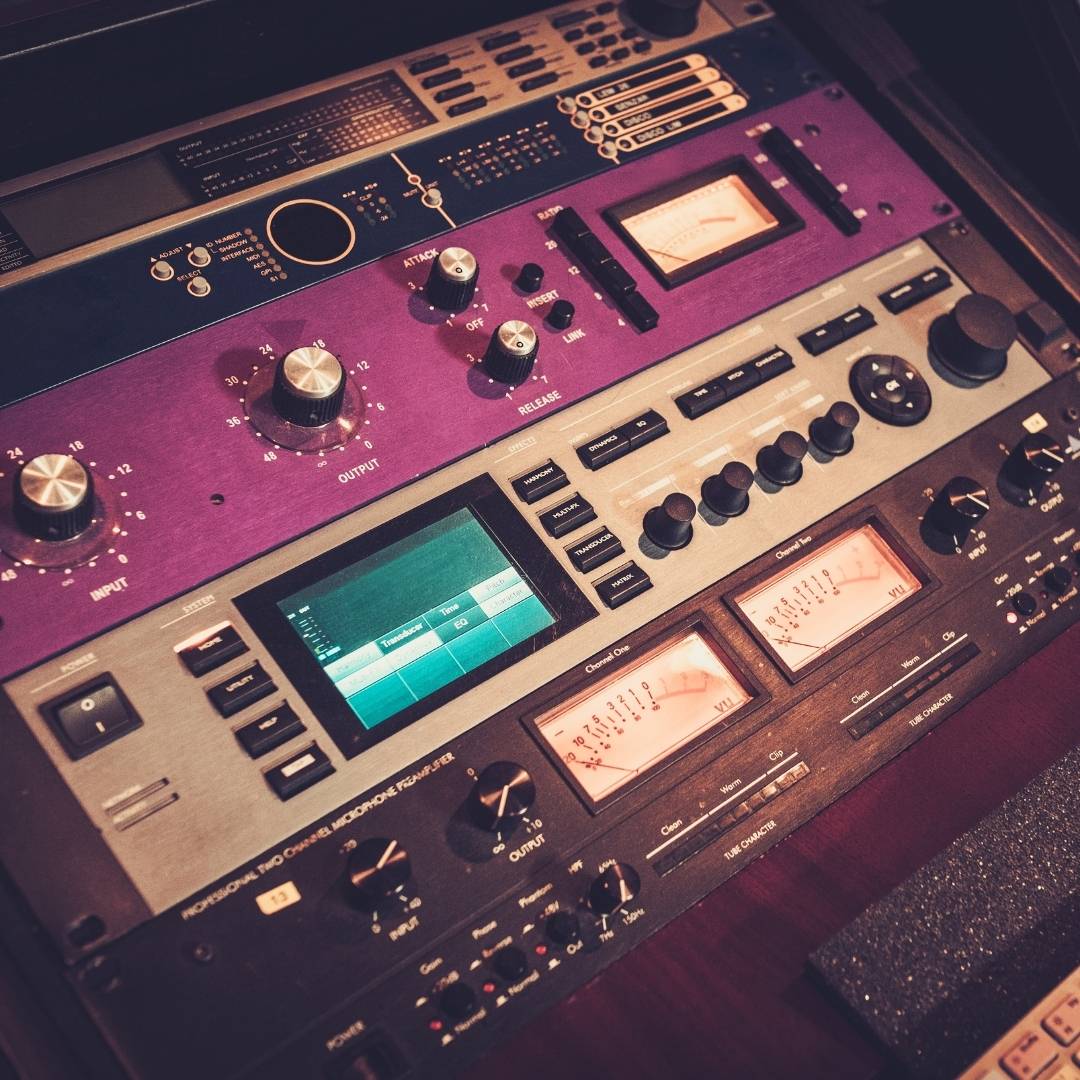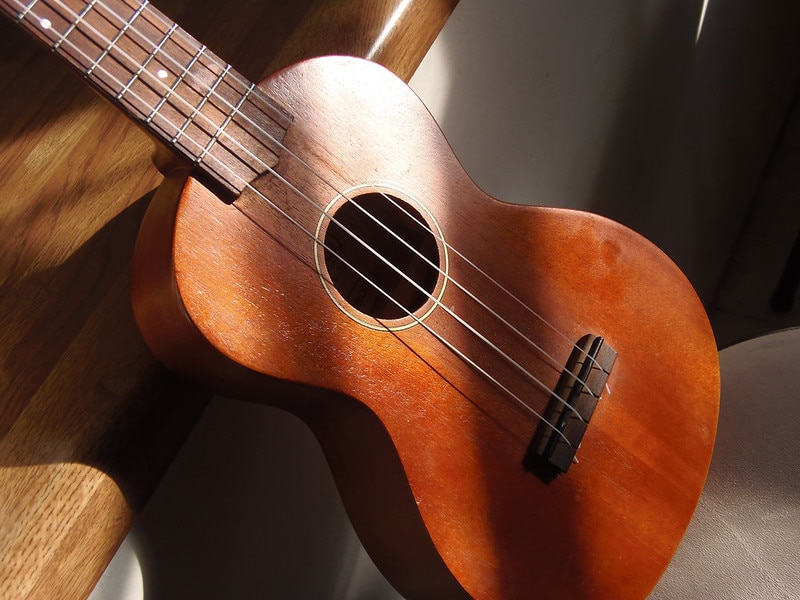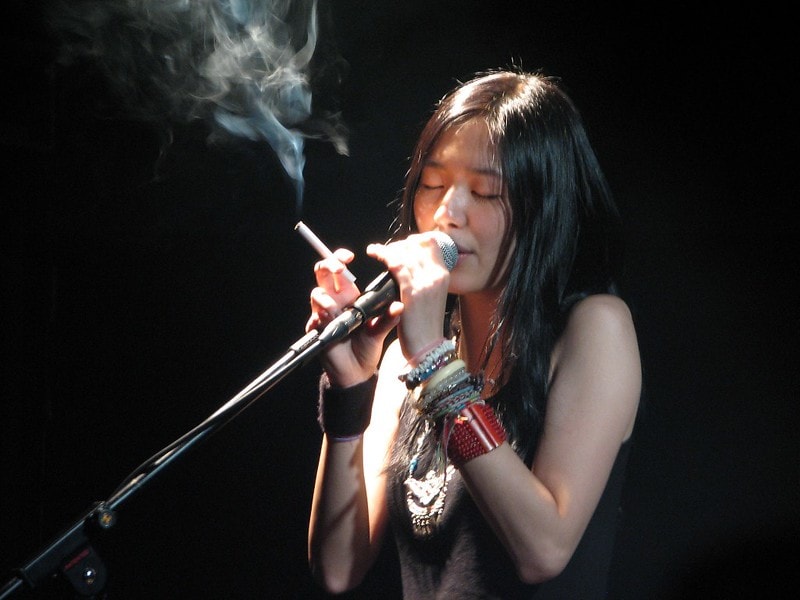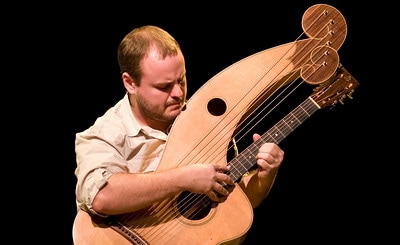
Which Music Career Is Right For Me? 10 Ways To Make A Living As A Musician
February 25, 2022
What Does A Pop Filter Do? How To Use a pop filter?
February 27, 2022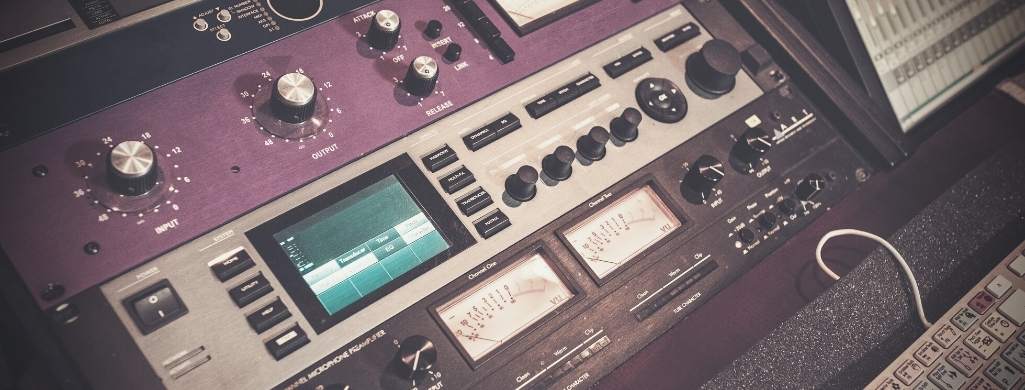
There are a variety of audio effects that can be applied to sound waves in order to change their character. Audio effects are used in a number of different settings, including recording, cinema, television and music production.
Some of the most basic audio effects are reverb, echo, flanging, phasing and compression. These effects can be used by audio engineers to alter the original sound so that it fits better with what is expected for a particular song or video.
It is important to note that audio effects do not change the actual sound waves in any way. Instead, audio effects are implemented in order to alter the character of the sound waves. There are three main characteristics of audio waveforms: amplitude (volume), frequency and timbre (quality).
These audio effects act upon one or more of these characteristics in order to change the audio effect. For example, compression changes the amplitude of audio waves, and delay effects alter frequencies.
Different Types of Audio Effects
There are a number of different categories of audio effect, which can be broadly divided into two types: Time-based effects, Modulation effects, Dynamic effects, Spectral effects and filter.
Time-based audio effects are those that alter the timing of the audio waveforms. This can be done in a number of ways, such as delaying the audio signal, shortening or lengthening the audio signal, or creating echoes.
Spectral audio effects are those that alter the frequency content of the audio waveforms. This can be done by changing the pitch of the audio, adding overtones or removing certain frequencies from the audio signal.
Modulation effects are audio effects that change the tone or timbre of the audio signal. They can add warmth, depth, and richness to the sound. Some common modulation effects include chorus, flanger, and phaser.
Dynamics effects are audio effects that control the levels of audio signals. They can make audio signals louder or softer, and can help them to stand out in a mix. Some common dynamics effects include compression, limiting, and expansion.
A filter is an audio effect that alters the frequency content of an audio signal. Filters can be used to reduce or remove certain frequencies, or to enhance certain frequencies. Some common filter effects include low-pass filters, high-pass filters, and band-pass filters.
Time-based effects
Reverb
Reverb is one of the most commonly used audio effects. It is used to create the sense of space and depth in a sound. Reverb can be used to make a sound seem like it is coming from a large room or a small room. It can also be used to make a sound seem like it is far away or close by.
Reverb is created by sending the audio signal through a series of delays and reflections. Reverb is used to make the audio sound more natural. It is used in recording and live sound. Reverb can make music sound better and more exciting.
Echo
Echo is the audio effect that makes a sound repeated over time. It is created by sending audio signals through an audio mixer with multiple channels of delay. The more channels of delay, the longer the echo will last. Echo can also be created by recording audio signals with a tape recorder or digital recorder.
Echo is used to create rhythmic sounds during audio recordings. It is often used in music. Echo can also be used to make audio sound more natural. It is often used to create a feeling of depth and size.
The Differences Between Reverb And Echo
Reverb and echo are both audio effects that are used to create space and depth in a sound. Reverb is created by sending the audio signal through a series of delays and reflections. Echo is created by sending the audio signal through a single delay.
Reverb is more commonly used than echo. Reverb can be used to make a sound seem like it is coming from a large room or a small room.
Echo can only be used to make a sound seem like it is coming from a small room. Reverb can also be used to make a sound seem like it is far away or close by. Echo can only make a sound seem like it is coming from close by.
Delay
A delay audio effect is an audio processing technique that introduces a delay in the audio signal. This delay can be a fixed amount of time, or it can be varied based on the audio signal. The delayed audio signal can be mixed with the original audio signal, or it can be used to create an echo effect.
Delay audio effects are used in audio engineering and audio reproduction to expand the sound image due to the audio effect’s time-delayed audio portion. The delayed audio can be heard either as an audible echo when listening on loudspeakers, or it can be combined acoustically with the original audio signal at the listening position, giving the impression of audio being heard in two locations.
Modulation Audio Effects
Chorus
Chorus is a type of audio effect that makes a sound or group of sounds louder and more distinct by adding more sound waves. The effect is often used to make a single vocal or musical instrument stand out in a mix, or to create a fuller, richer sounding audio track.
Chorus is an audio effect that mimics the natural doubling effect of real-life instruments during ensemble performances. By adding a slight delay to the sound waves of a voice or instrument, it produces an audible distinction that can add excitement and depth to audio tracks.
The audio on the main audio track is unaffected, while the audio on each of the first several audio tracks modulates slightly up and down in pitch. Chorus audio effects are often used on vocals to create a fuller sounding voice that sounds as if several people were singing the song.
On audio tracks with a musical instrument, the audio effect can be used to produce sounds that mimic some of the characteristics of an ensemble performance by creating audio tracks that are slightly ahead or behind each other in timing.
Chorus audio effects are also commonly used on electric guitars and electric pianos to give them a fuller sound while playing chords or complicated audio parts.
Flanger
Flanging audio effect is created by mixing audio signals from two audio generators together. One audio generator creates a delayed signal that is sent into the second audio generator’s input. The first audio generator then creates a new audio signal, which cuts off the output from the second audio generator. This audio signal is then mixed with the audio output from the second audio generator.
Flanging audio effect can also be created by mixing audio signals from two audio generators together and delaying one of those audio signals using a tape recorder, digital recorder or other recording device. When this audio signal is mixed with the other audio signal, it creates the audio effect of flanging.
Flanging audio effect is used to make audio sound like it is in motion. It has often been used in sci-fi audio recordings. It can also be used to create audio effects for radio and television. Flanging audio effect can be heard in many popular songs, such as: “Girls Just Want to Have Fun” by Cyndi Lauper and “Norwegian Wood” by The Beatles.
Phaser
Phase audio effect is created when audio signals from two audio generators are mixed together and one audio generator’s audio signal is delayed. If the amount of delay between the audio signals changes, then the audio effect that is created will change.
Phasing audio effect is used to create audio effects such as: sounding like audio, such as a voice or musical instrument, is in motion; audio effects that make audio sound weird and psychedelic; and audio effects that add depth to audio.
Flanging audio effect can be heard in many popular songs including “Girls Just Want to Have Fun” by Cyndi Lauper and “Norwegian Wood” by The Beatles.
Tremolo
Tremolo audio effect is an audio effect that modulates the amplitude of a sound wave. This creates a pulsating sound, which is why it is often used in music to create a more rhythmic feel.
Tremolo is very often confused with audio effect known as vibrato. Although they are very similar audio effects, the difference comes in the fact that audio effect tremolo causes a pulsating movement of audio signal’s amplitude, while audio effect vibrato causes a pulsating movement of audio signal’s pitch.
Dynamic Audio Effects
Compression
Compression is a type of audio effect that reduces the dynamic range of audio signals. This makes them easier to listen to, as it brings the loudest and quietest parts of the signal closer in volume to each other. This is often used on music, as it can make it sound more consistent and pleasing to the ear. Compression can also be used to increase the overall volume of a signal, though this is less common.
Compression is used in audio by audio engineers whether they are mixing, editing or mastering audio. Compression can also be used to increase the loudness of audio for home theater or broadcast purposes, such as TV and radio. For this reason, there are various different types of audio compressors that work on different kinds of signals depending on their audio use.
Distortion
Distortion is an audio effect that alters the sound of the original recording. This audio effect can be used to make the sound louder or softer, and it can also add more intensity to the audio. Distortion can be used to create a unique sound for your audio project, or it can be used to make the audio sound more aggressive.
Distortion audio effects can be used as a sound effect or as an audio design element. When used as a sound effect, distortion audio effects are added to the audio through the final mixdown of the audio project. In this way, listeners will hear a slightly different version of the audio than what was heard during recording. Some examples of where audio effects like distortion can be used as a sound effect include audio projects such as film and video games.
When audio effects like this are used to create audio design elements, the audio is distorted throughout the entire audio project. In this way, the audio sounds different from beginning to end. This type of audio can be useful in audio projects that have a highly unique audio aesthetic, such as audio projects that have a techno or futuristic feel.
Spectral Audio Effects
Equalizers
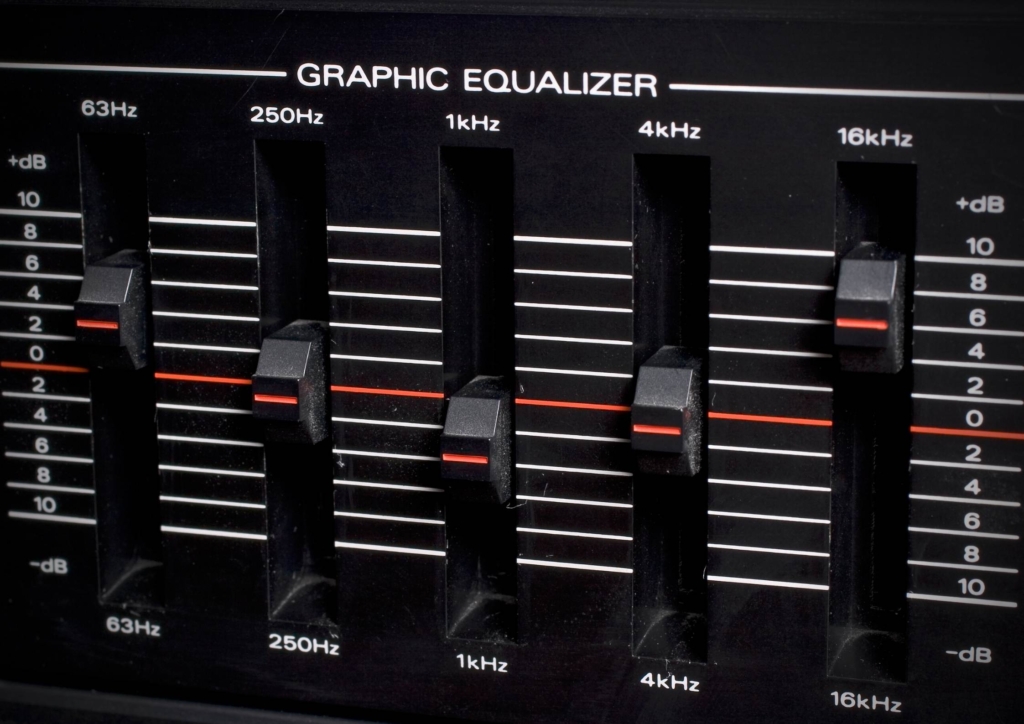
An audio equalizer is an audio device that allows users to adjust different frequency bands in audio signals. This is usually done by adjusting a slider or knob on the equalizer device, which will then change the audio signal.
Equalizers can be used to correct for imbalances in audio signals, or to enhance or reduce certain frequencies in audio playback. Audio equalizers are audio devices that allow audio engineers to adjust audio playback audio files (such as MP3 or audio CD audio files) through sound waves.
Equalization is available on many audio devices, including speakers, TVs and home stereos. The different types of audio effects include: graphic equalizer, parametric equalizer, and bass boost.
Graphic equalizers alter audio signals by adjusting the amplitude of audio signal in different frequency bands. Parametric equalizers adjust audio signals by altering gain, center frequency and bandwidth. Bass boosters increase the audio output in lower frequencies.
Panning
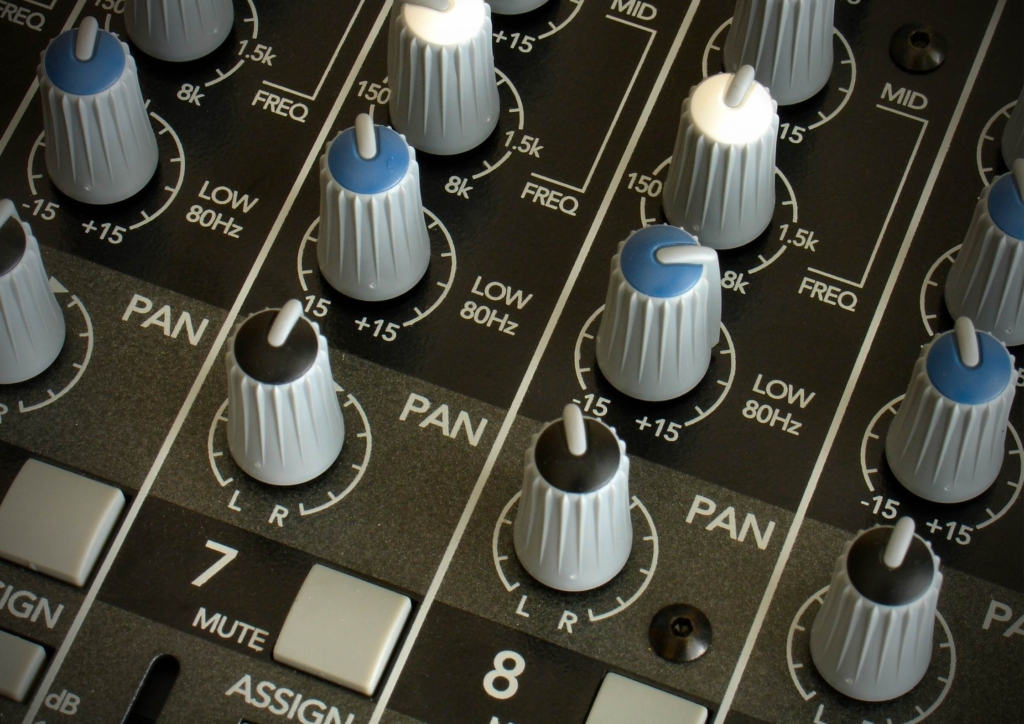
Panning refers to the technique of moving audio from one channel to another. The audio can be moved left or right, and up or down. This can be done in either the software or hardware of the audio production system. The audio can be panned manually, or it can be automated.
The audio that is panned to the left or right makes it seem like it is further away. Audio that is placed in the center sounds directly in front of you at all times. It has a sense of closeness and intimacy, while audio that has been panned to the left or right sounds like it is off somewhere else.
Filter
Low Pass Filter

A low pass filter is an audio effect that allows low frequencies to pass through while attenuating (reducing the amplitude of) the high frequencies. Low pass filters are used to make the audio sound warmer and smoother. They are often used in audio production to reduce the harshness of sounds, such as cymbals and hi-hats.
High Pass Filter
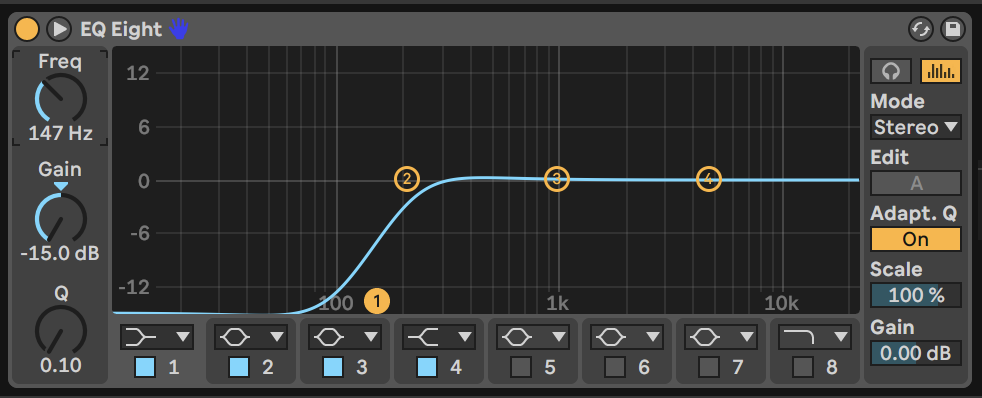
A high pass filter is an audio effect that allows high frequencies to pass through while attenuating (reducing the amplitude of) the low frequencies. High pass filters are used to make the audio sound brighter and more piercing. They are often used in audio production to reduce the muddiness of sounds, such as bass guitars and vocals.
Band Pass Filter
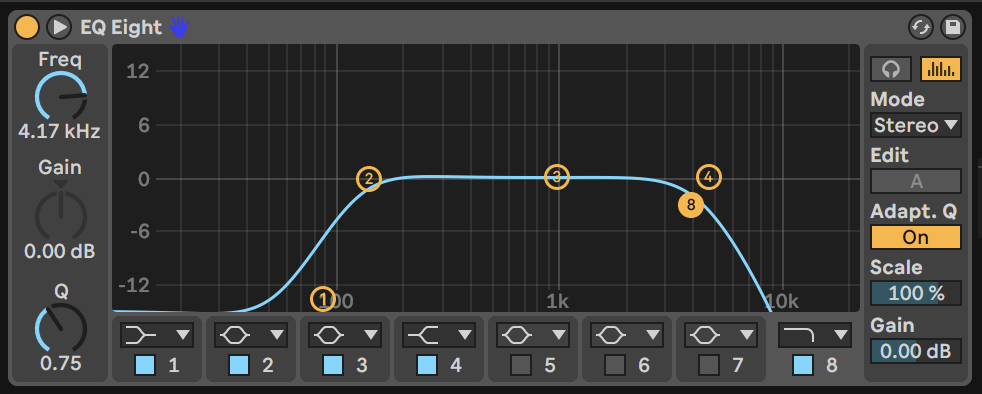
A band pass filter is an audio effect that allows a certain range of frequencies to pass through while attenuating (reducing the amplitude of) the frequencies outside of that range. Band pass filters are used to make audio sound more focused and clear. They are often used in audio production to reduce the amount of noise in a signal, or to isolate a certain range of frequencies for further treatment.
What’s Next?
If you’re looking to add audio effects to your project, it’s important to first decide what kind of effect you need, if you are a guitarist, getting a multi effects guitar pedal, could be one of the most efficient way to learn about all the different audio effects and saving you hundreds to thousand bucks in buying all the different audio effects gears individually.
We hope this article has given you a better understanding about audio effects, if you want to get some great deal of audio effects to use in your music production be sure to check out Plugin Boutigue for the best offers!

